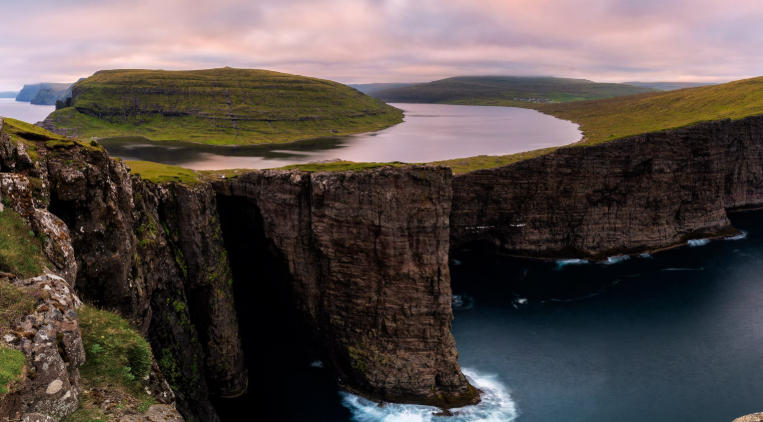The Geography of Norwegian Archipelagos
Norway is renowned for its stunning landscapes, and its archipelagos are a remarkable aspect of the country’s geography. With thousands of islands dotting the coastline, they offer unique ecosystems, rich cultural heritages, and breathtaking views. Understanding these geographical wonders can provide deeper insight into Norway’s identity and appeal as a travel destination.
Island Diversity: A Rich Tapestry of Landscapes
Norwegian archipelagos boast astonishing diversity in their landscapes. The most famous among them is the Lofoten Islands, characterized by dramatic peaks, rugged coastlines, and deep fjords. Each island features distinct geological formations, ranging from sandy beaches to steep cliffs. Beneath the surface, diverse marine life thrives in the surrounding waters, attracting nature enthusiasts and researchers alike. This diversity not only contributes to the natural beauty of Norway but also supports a variety of outdoor activities, from hiking and fishing to kayaking and birdwatching.
Cultural Significance: Islands as Living History
The archipelagos of Norway are not just beautiful but also steeped in history and culture. Many islands have been inhabited for centuries, with fishing and maritime activities forming the backbone of local economies. Places like the Vesterålen archipelago offer glimpses into traditional fishing villages, where local customs and traditions persist. The islands have also served as important waypoints for explorers and historical figures over the centuries. This rich cultural heritage adds depth to any visit, allowing travelers to connect with Norway’s past while enjoying the stunning scenery.
Environmental Importance: Conserving Unique Ecosystems
The unique geographical characteristics of Norway’s archipelagos contribute significantly to their environmental importance. These islands serve as vital habitats for numerous species of plants and animals, some of which are endemic to the region. Conservation efforts are in place to protect these delicate ecosystems from threats such as climate change and overfishing. Understanding the fragility of these environments is crucial for promoting sustainable tourism practices. Visitors to the archipelagos are encouraged to engage in responsible activities that minimize their ecological impact, ensuring that these natural treasures can be enjoyed for generations to come.
In conclusion, the geography of Norwegian archipelagos offers a fascinating blend of stunning landscapes, rich cultural history, and vital ecosystems. Whether you’re a nature lover, history buff, or adventure seeker, these islands have something to offer everyone. If you’re inspired to explore, consider planning a trip to discover the beauty and heritage of Norway’s fantastic archipelagos.

